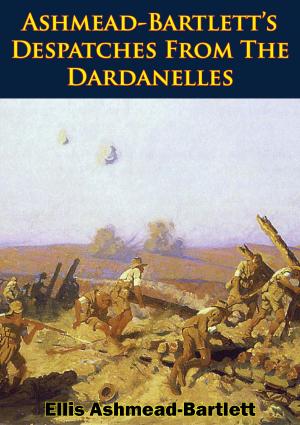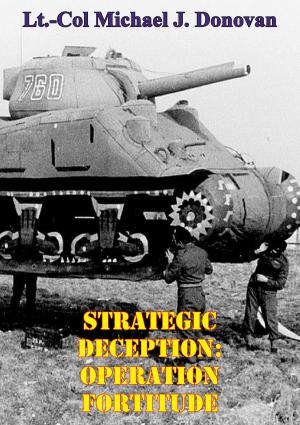General George S. Patton, Jr.: Master of Operational Battle Command. What Lasting Battle Command Lessons Can We Learn From Him?
Nonfiction, History, Germany, European General, Military, United States| Author: | Jeffrey R. Sanderson | ISBN: | 9781786252517 |
| Publisher: | Lucknow Books | Publication: | November 6, 2015 |
| Imprint: | Lucknow Books | Language: | English |
| Author: | Jeffrey R. Sanderson |
| ISBN: | 9781786252517 |
| Publisher: | Lucknow Books |
| Publication: | November 6, 2015 |
| Imprint: | Lucknow Books |
| Language: | English |
This monograph discusses General George S. Patton, Jr. and Operational Battle Command. Six primary elements — Leadership, Decision Making, Information Assimilation, Visualization, Conceptualization, and Communication make up the dynamics of Battle Command. General Patton mastered the application of these dynamics. This monograph defines and provides examples of the dynamics of Battle Command as used by General Patton while he commanded the Third Army.
The monograph first discusses Command and Control of Third Army, as well as General Patton’s relationship with his primary staff. The monograph then defines and provides examples of each of the dynamics of Battle Command using General Patton and his staff as the example.
In conclusion the monograph provides three relevant lessons for future operational commanders concerning operational Battle Command based upon a historical study of General Patton. The lessons learned from the study include the training and retention of a competent staff, the commander personally focusing the intelligence effort, and the commander issuing clear intent and guidance especially regarding endstates.
This monograph discusses General George S. Patton, Jr. and Operational Battle Command. Six primary elements — Leadership, Decision Making, Information Assimilation, Visualization, Conceptualization, and Communication make up the dynamics of Battle Command. General Patton mastered the application of these dynamics. This monograph defines and provides examples of the dynamics of Battle Command as used by General Patton while he commanded the Third Army.
The monograph first discusses Command and Control of Third Army, as well as General Patton’s relationship with his primary staff. The monograph then defines and provides examples of each of the dynamics of Battle Command using General Patton and his staff as the example.
In conclusion the monograph provides three relevant lessons for future operational commanders concerning operational Battle Command based upon a historical study of General Patton. The lessons learned from the study include the training and retention of a competent staff, the commander personally focusing the intelligence effort, and the commander issuing clear intent and guidance especially regarding endstates.
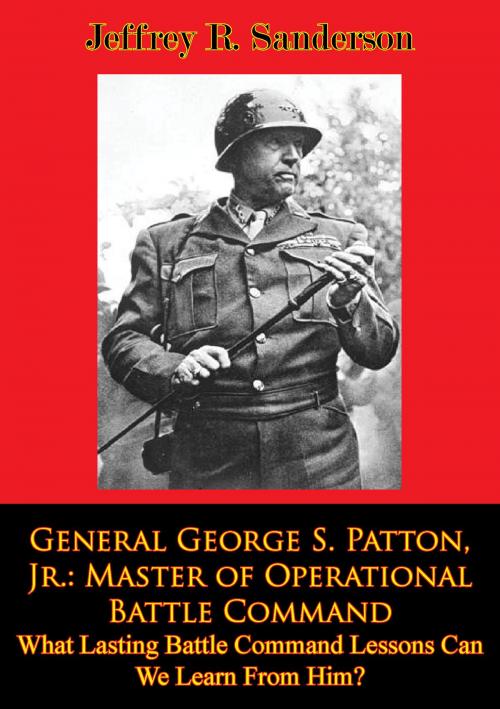

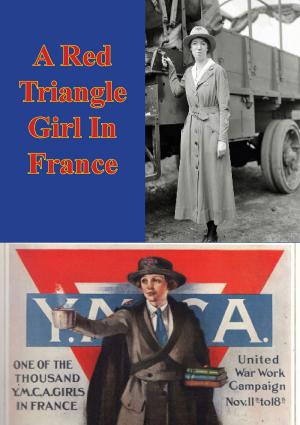

![Cover of the book Gallipoli [Illustrated Edition] by Jeffrey R. Sanderson](https://www.kuoky.com/images/2012/april/300x300/9781782890966-owHm_300x.jpg)
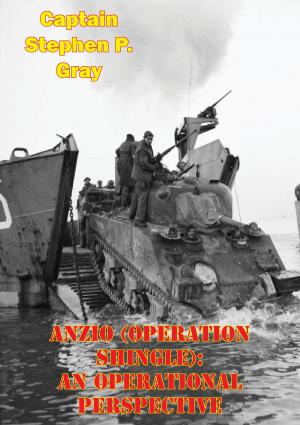
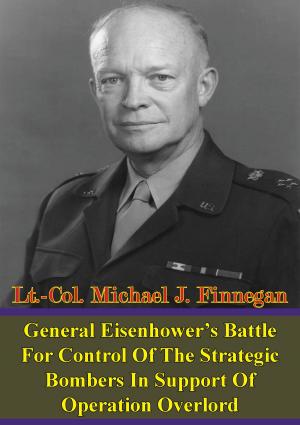
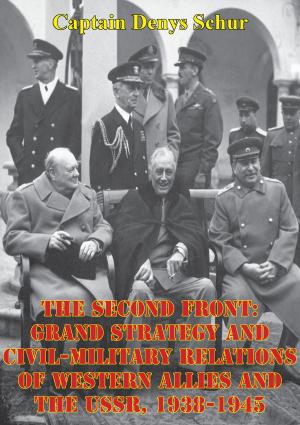
![Cover of the book Official History of the Royal Air Force 1935-1945 — Vol. I —Fight at Odds [Illustrated Edition] by Jeffrey R. Sanderson](https://www.kuoky.com/images/2014/august/300x300/9781782893417-2YpY_300x.jpg)
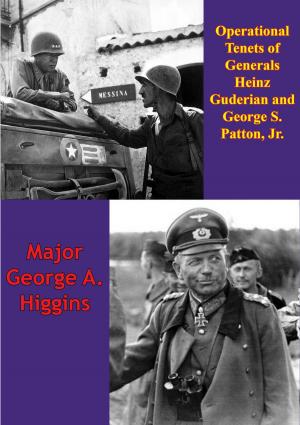
![Cover of the book Reminiscences Of A Grenadier [Illustrated Edition] by Jeffrey R. Sanderson](https://www.kuoky.com/images/2015/november/300x300/9781786251121-I7d1_300x.jpg)


